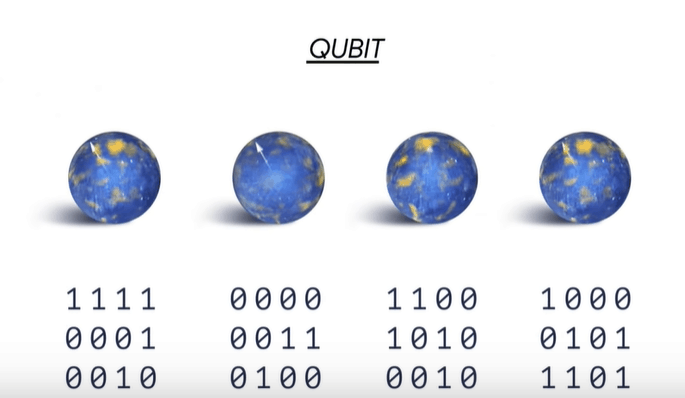

A novel approach to calculate adiabatic populations from grid-based quantum dynamics using a time-dependent discrete variable representation is presented, allowing a proper comparison of methods. All dynamics calculations used the Q uantics package, with the TSH calculations using a new interface to a surface hopping code. The vMCG and TSH were also then run in a direct dynamics mode, with the potential energy surfaces calculated on-the-fly using quantum chemistry calculations. Calculations with all methods using a model Hamiltonian were performed. Many applications of the quantum formalism rely on highly entangled states. Several applications of this approach can be found in 138140. The only prerequisite is trigonometry, and mathematics beyond that will be covered, including linear algebra. This result therefore attributes the differences between classical and quantum correlations to the existence of fundamental uncertainty within quantum mechanics.
#Classical or quantum calculator full#
Multi-configurational time-dependent Hartree is a full grid-based solution to the time-dependent Schrödinger equation, variational multi-configurational Gaussian (vMCG) uses a less flexible but unrestricted Gaussian wavepacket basis, and trajectory surface hopping (TSH) replaces the nuclear wavepacket with a swarm of classical trajectories. Introduction to Classical and Quantum Computing is for students who want to learn quantum computing beyond a conceptual level, but who lack advanced training in mathematics. From this, we obtain a computationally simple method of calculating higher-order quantum-mechanical corrections to the classical action, and demonstrate this by calculating the second-order correction for the sextic and the Lamé potential. We expect that translating them to quantum computers will unlock a quantum advantage. the quantum action is a combination of the classical action and its derivatives. Tensor networks are the very best way to simulate many quantum systems on classical computers, says Andrew Green, a condensed-matter physicist at UCL and a co-author of the study. Three methods for non-adiabatic dynamics are compared to highlight their capabilities. On a quantum computer, however, the resources required may be greatly reduced.


 0 kommentar(er)
0 kommentar(er)
